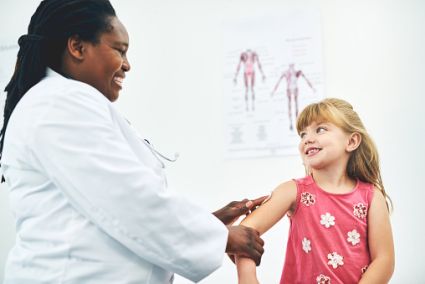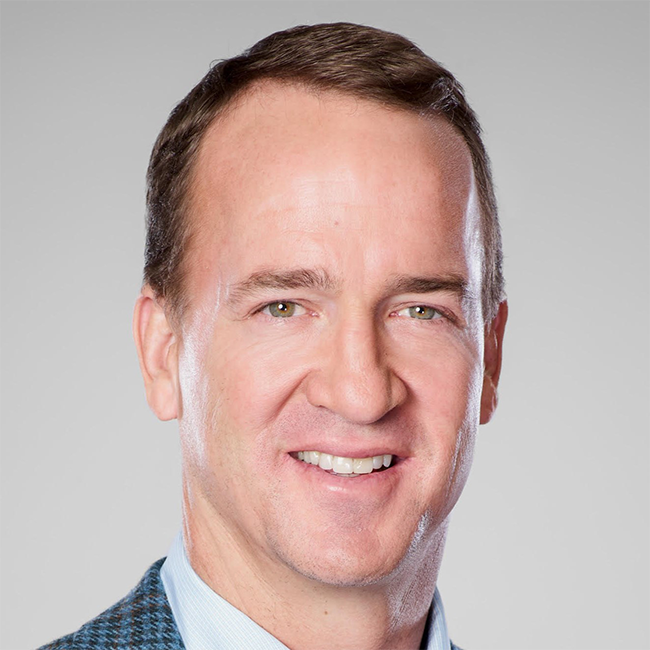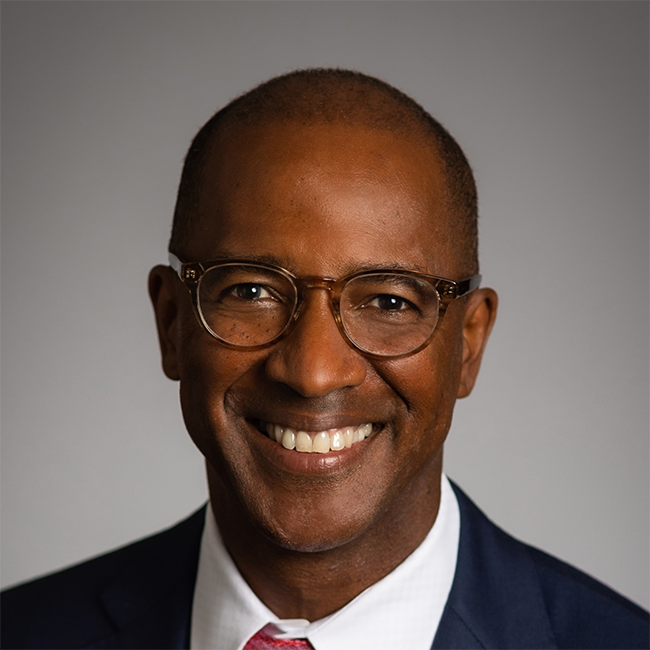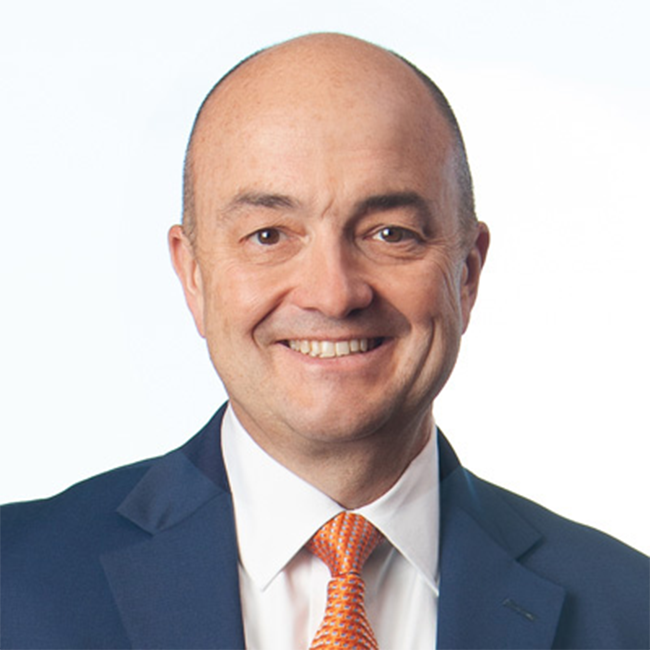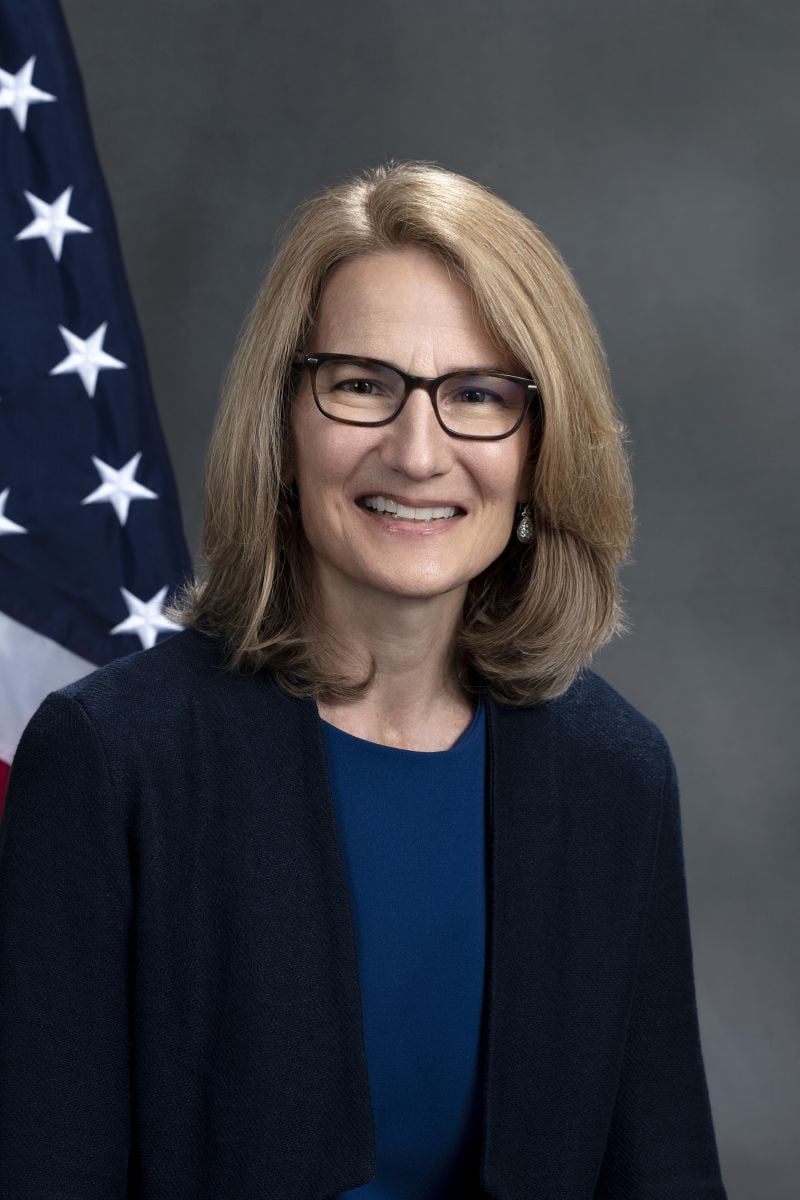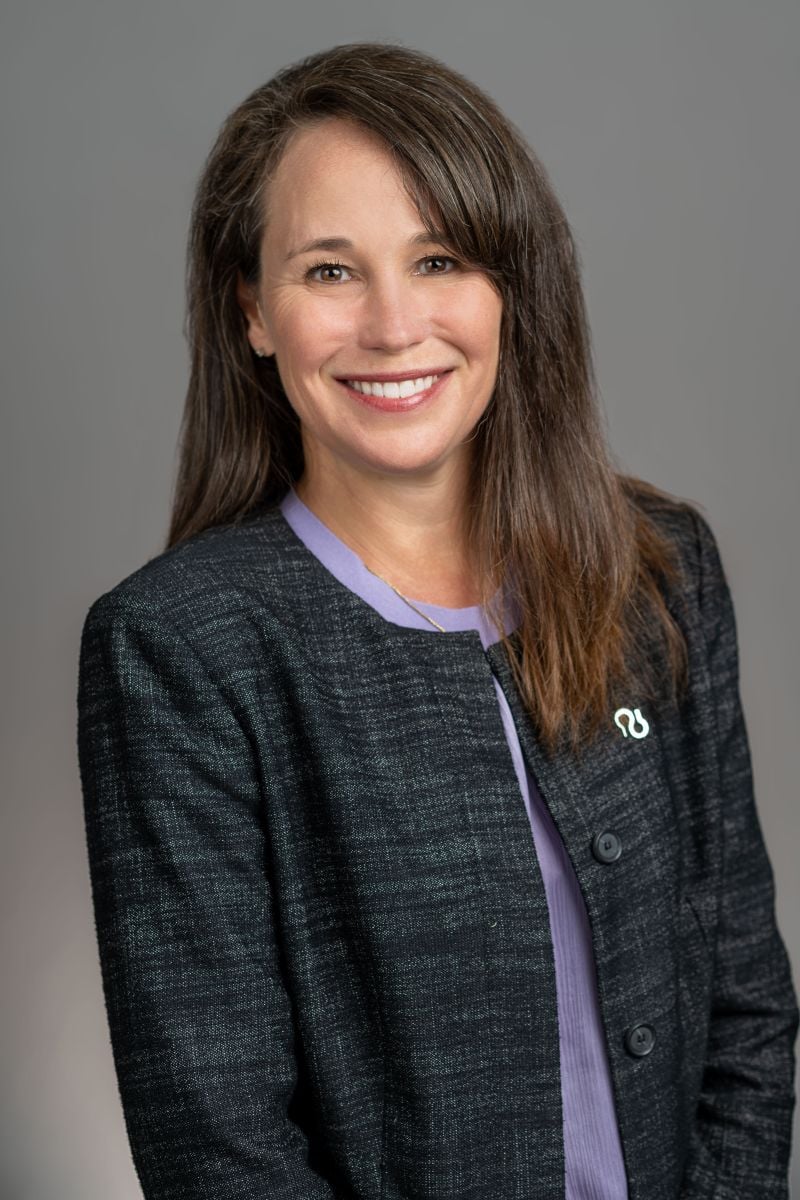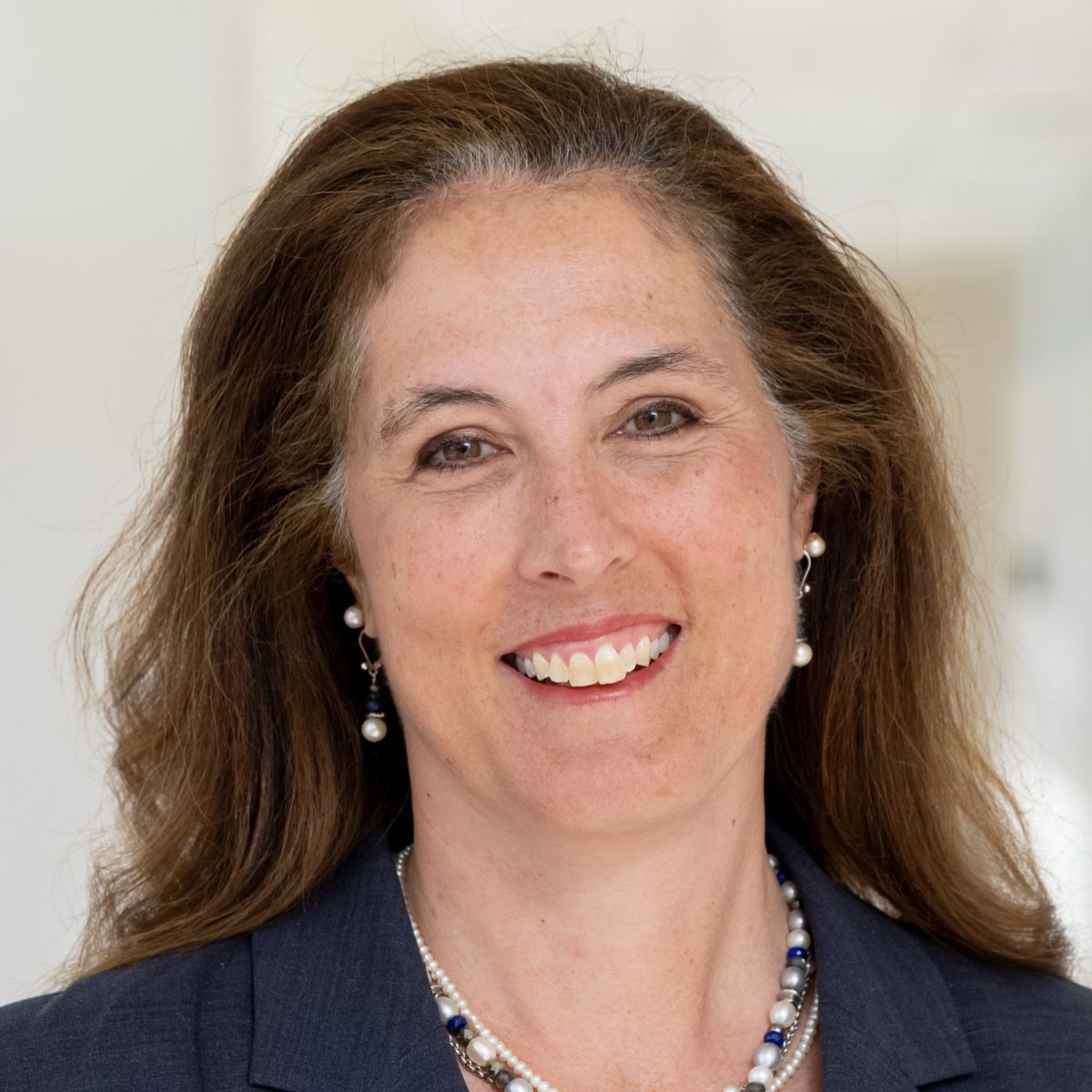
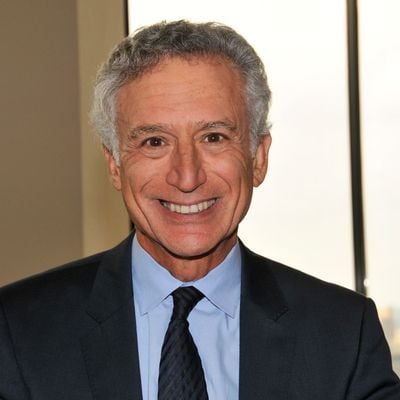
|
Howard Fillit, MDCo-Founder and Chief Science Officer, Alzheimer’s Drug Discovery Foundation |
Howard Fillit, MD is a geriatrician, neuroscientist, and innovative philanthropy executive, who has led the Alzheimer's Drug Discovery Foundation since its founding. He is on the Steering Committee of the Milken Institute's Alliance to Improve Dementia Care.
1. Why did you co-found the Alzheimer’s Drug Discovery Foundation? Could you outline the most pressing challenge in this field?
When we founded the ADDF in 1998, there were very few drugs being developed for Alzheimer’s. With the inspiration and leadership of Leonard A. and Ronald S. Lauder, we set out to change that. We built the ADDF around three foundational pillars, which still guide our mission to this day: drug development, diagnostics, and Alzheimer’s prevention.
Nearly 25 years ago, the amyloid hypothesis was very much center stage, but we felt strongly that research needed to cast a wider net, looking at drugs that work on all of the underlying processes that go awry as we age and contribute to Alzheimer’s. Today, the biology of aging theory is widely accepted and reflected in a much more robust and diverse drug pipeline.
Our strategy was to identify promising ideas and support pioneering researchers all across the world who could pursue them. Our venture capital model gave us the freedom to invest in the best ideas wherever they were being pursued, including in academia and the biotech industry, that might be too risky for others.
We focus where we see the greatest need and largest research gaps. In our early years, this was largely preclinical and early clinical research—the so called “valley of death” where good ideas were left to die. As the Alzheimer’s research landscape has progressed, our focus has shifted to support more clinical research.
At the time of our last Clinical Trials Report in 2021, where we take a snapshot look at what’s happening in Alzheimer’s research, there were more than 200 Alzheimer’s clinical trials in progress with more than half evaluating drugs designed to modify the course of the disease.
All of the progress over the last 20 or so years has made me more hopeful than ever that we will see not just one, but several clinically important drugs available to patients very soon.
2. Could you explain the importance of biomarkers and diagnostics in increasing our understanding of the biology of aging?
Optimal care starts with accurate diagnosis. This has been a real challenge for Alzheimer’s. When the ADDF was founded, the only way to definitively diagnose Alzheimer’s was after death by an autopsy. Today that is no longer the case. Thanks in part to seed funding from the ADDF, we now have several tools at our fingertips, including the Amyvid PET scan; PrecivityAD, a commercially available blood test; and many more in the pipeline.
Biomarker tests help us see some of the biological warning signs of Alzheimer’s disease in living people, like how elevated cholesterol is used as a biomarker for a heart attack. What we need are easy to use, accessible biomarker tests—things like blood tests, eye scans—that can diagnose the whole range of factors involved in Alzheimer’s. These tests need to be accessible to reach the tens of millions of people already living with symptomatic Alzheimer’s and the tens of millions more who are likely walking around with pre-symptomatic disease.
Being able to diagnose all of the underlying causes of the disease in individual patients—things like chronic brain inflammation, vascular disease, dysfunction in the brain’s synapses, changes in brain metabolism, and more—will help us to understand how important each factor is as a contributor to Alzheimer’s.
In other words, we need to know which risk factors that increase with age are most likely to lead to Alzheimer’s, and which combinations of risk factors we need to treat to have a meaningful difference in patients’ lives.
3. What’s involved in the next phase of the Diagnostics Accelerator, and how can the Alliance to Improve Dementia Care network amplify it?
Thanks to new commitments from existing partners like Leonard A. Lauder, Bill Gates, Jeff Bezos, and the Dolby Family, plus new investments from the NFL Players Association, the Shanahan Family Foundation, and drug makers Eli Lilly and Biogen, we now have $100 million earmarked to speed the process of getting new diagnostic tools to market. One of our primary focus areas will be providing support to late-stage research that holds great promise for moving into the clinic soon.
Many people have a misconception that with few to no effective treatments currently available, it is not worth having a reliable diagnosis of Alzheimer’s. However, simple and effective diagnostic tools for early detection will aid physicians in helping patients and their caregivers to better understand the disease and prepare for the future, discuss care and disease management plans, adopt science-proven lifestyle changes, and consider their clinical trial options.
